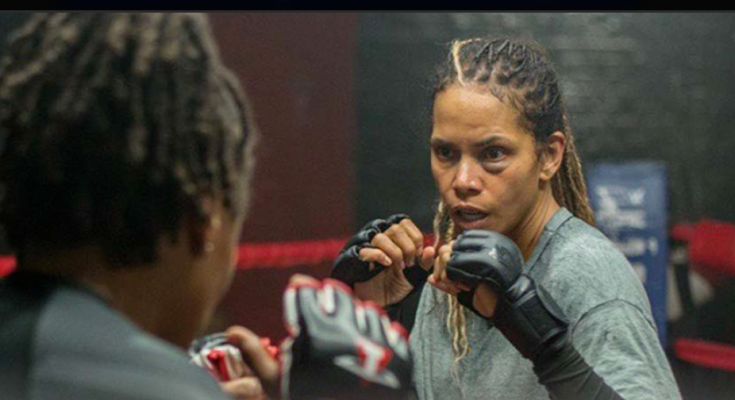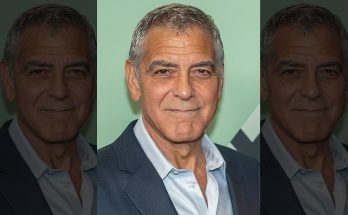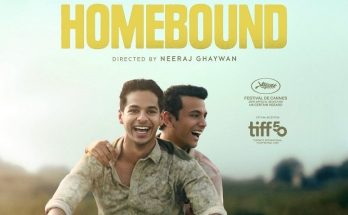Halle Berry in MMA fighting. Image credit: TIFF
#HalleBerry; #AmandaParis; #TIFF2020; #AfricanAmerican
Amanda Paris, the author for the weekly column CBC Arts and the host of CBC Arts exhibitionists, the filmmaker, writer of stories for the stage and the screen, an educator, researcher, actor, and community organizer, and had hosted many events for TIFF.
Halle Berry is an icon and had spent more than 3 decades breaking down barriers and helped in impressive filmography both in front and behind the camera. This year she returns to the 2020 Toronto International Film Festival (TIFF) for her very exciting directorial debut film Bruised in which she also stars. The highly anticipated drama is set in the world of MMA fighting.
Toronto/CMED: During one of the conversations series organized by the TIFF 2020 held at Toronto Amanda in a Q&A session with Halle brings out the salient features of Halle’s career, especially her directorial debut.

Amanda (left) in conversation with Halle (right)
Asha Bajaj, from Canadian Media, brings you the excerpts of Part 1 of the conversation between Amanda and Halley:
Amanda to Halle: In 1986 you were the first African-American entering the Miss World Competition and then decided to move into acting. What were you looking for in the acting world that you could not find in modeling?
Halle: I was looking for a voice, looking for an outlet where I could express myself, and explore what I had to say. Initially, I wanted to be a journalist and travel for it all over the world and report on world news. Acting happened with my directorial debut. Not usually following the path that I had set for myself, I followed the path that was set before me and has served me really well in my life.
To Halle: One of your breakthrough television roles was the first episode of living dolls. Your first breakthrough film role was playing a woman with a drug addiction in Spike Lee’s Jungle Fever. Can you elaborate on what happened between these two roles? How did those early acting experiences lead you to that place?
I was modeling during my first real acting gig in a TV role. During modeling, I always felt like a token on that show with not much to do. I had no real character, or a part to play. To be taken seriously as an actor, I realized that I have to replace this physical self with my acting skill. When I was offered a role in Spike’s film’ ‘Jungle Fever’ to read for the part of his beautiful wife I realized I would be showing a different side of who I was. Spike also recognized that I could bring some life and realized that this crack affects whoever it is going to affect so.
To Halle: In the film ‘Jungle Fever,’ you play Vivian a woman with drug addiction with the scene containing crude language and content. What strategy did you follow to go against the ‘pretty face’ type and how did that shift the way to reveal your own talent and your own potential?

Halle in Jungle Fever. Image credit: Pinterest
I grew up in an environment where I did not always fit in. Being aware that I am more than the show while modeling and that I was full of substance and had many stories to tell. So, the role of a drug addict that I was offered in Spike’s movie really set my career off in a good direction. From that moment on I felt that I could show something different about myself, my artistry, and my talent that people took notice of.
To Halle: It opened up options as supposed to be typecast. There are so many other iconic movies about black people at that time from comedies like ‘Meringue’ to ‘Biopics’ like ‘Why Do Fools Fall in Love’ and introducing ‘Dorothy Dandrige’. How did you be a part of that movement? Did You feel that doors were finally opening for the black actors and creators because when we look back we realize that it was a movement that also ended and we are getting back to it now?

Dorothy Dandrige. Image credit: Pinterest
When we shot the film ‘Boomerang’, I think that we were slightly ahead of our time because the film industry was really not ready for a movie to see black people in that way. I knew that we had pushed the envelope forward and had made a way out of no way for finding a new way to tell our stories and to represent ourselves. Although it did not feel really powerful at that time, I knew that it would matter more one day than it did that day.

Boomerang. Image credit: Pinterest
To Halle: The self-knowledge you revealed that you are a little bit ahead of your time is interesting. In ‘Monsters Ball’, you play Leticia, a mother and a waitress consumed with grief. I again re-watched this film in preparation for our conversation and realized that I had forgotten about the degrees of tragedy that these characters endure. Can you talk about what attracted you to this really challenging story?

Halle Berry in Monsters Ball. Image credit: Pinterest
I am always most drawn to fractured and broken characters, or misunderstood characters, who are fighting to survive. By enacting these roles, I find an outlet to express some of my own brokenness and my own life experiences. I feel a healing experience and a chance to portray the hidden characteristics that I do not always show. So, when I was offered the role of Leticia Musgrove I right away accepted it. I know exactly where the pain and torture of this character resides and I fought really hard for that movie.
To Halle: When I watched the film, I could see the similarity between you and Leticia. This is because you were her. You channeled her from inside and that’s what it is. So let us take a look at that scene from that film where Leticia and her son say goodbye to her husband before his execution played by Sean Diddy Combs. What does it feel like re-watching that scene?
While re-watching that scene after 20 years I felt that I was a baby 20 years ago. I never go back and watch them. That is the hardest thing to do and I had to discover how actually hard that is with my directorial debut to have to watch myself over and over and over.
(Reporting by Asha Bajaj)





